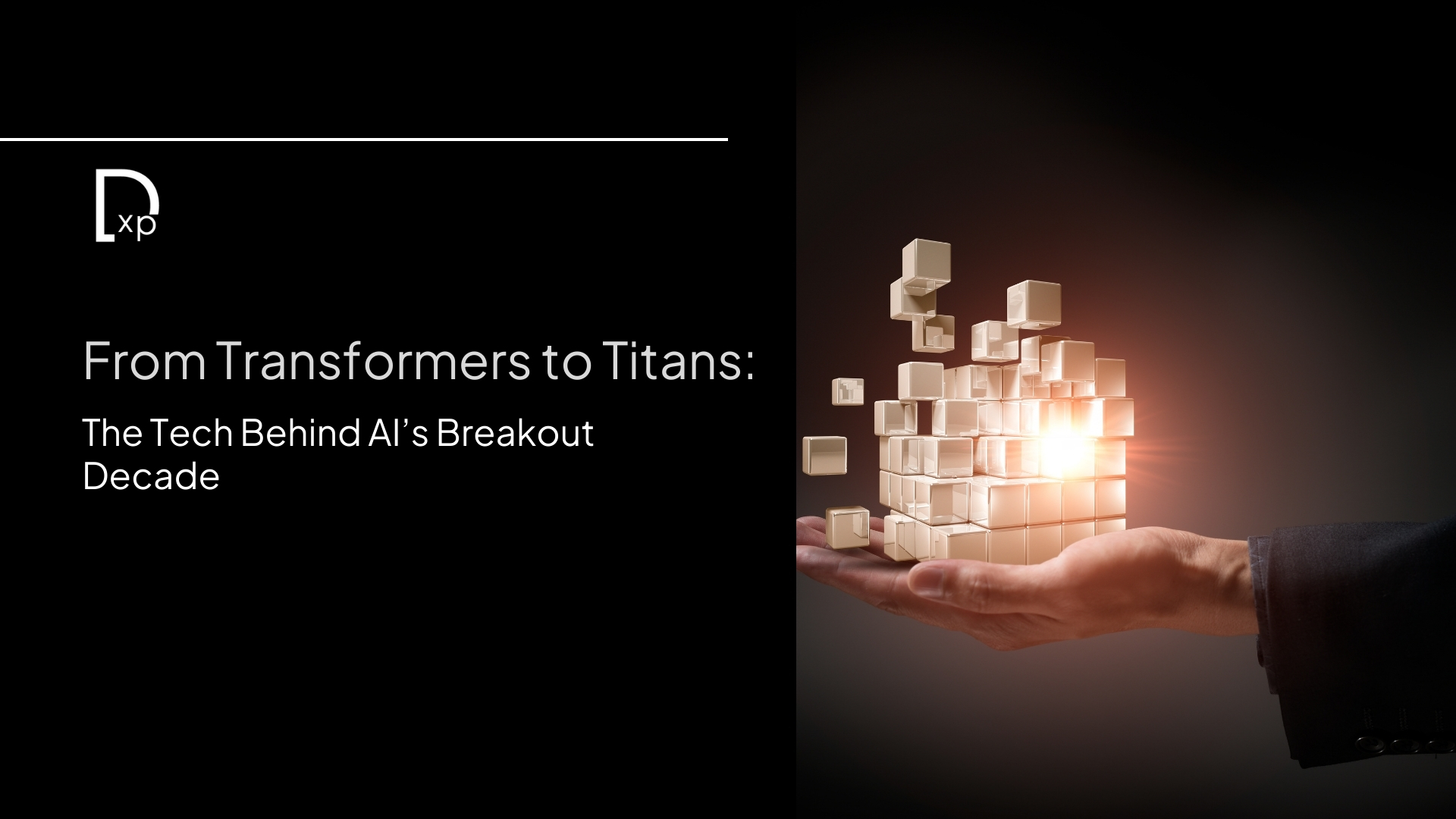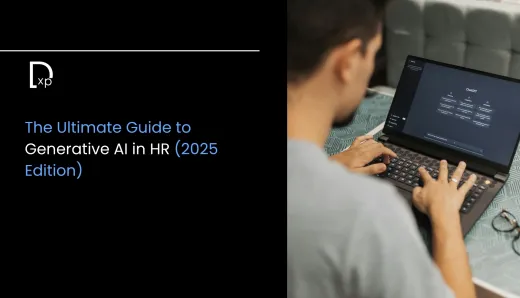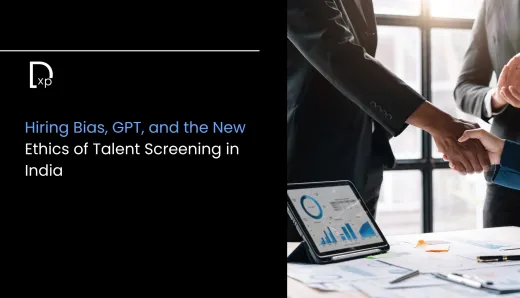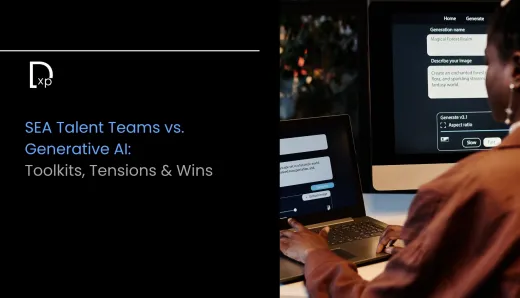From Transformers to Titans: The Tech Behind AI’s Breakout Decade

The world has seen more technological upheaval in the last ten years than in the five decades before it. At the center of this shift stands artificial intelligence. From a dormant promise in research labs, AI has exploded into the mainstream. It writes, draws, codes, and even reasons. But what changed? How did we leap from clunky chatbots to ChatGPT, from Siri’s fumbling answers to machines that can mimic human thought? To understand this, we must look at the technology that powered AI’s journey from transformers to titans.
In 2017, a team at Google published a paper titled “Attention Is All You Need.” That phrase would come to define an era. The paper introduced the Transformer model, a breakthrough in machine learning. Unlike previous methods, which processed information sequentially, Transformers could examine words or images all at once. This gave them an unmatched ability to understand context. They learned not just what we say, but what we mean. Suddenly, machines could translate languages, write poetry, and generate software code with surprising coherence.
But the Transformer wasn’t just a new trick. It reshaped the entire architecture of AI. It allowed systems to scale—adding more data, more layers, more power. OpenAI's GPT-3 and GPT-4, Google’s PaLM, Meta’s LLaMA—all of these are children of the Transformer. And with every new iteration, the models became better. Larger. Smarter.
This is where compute power came in. You can’t build a Titan on theory alone. You need the silicon muscle to train it. AI models need thousands of GPUs working in tandem, running day and night. It’s not just about speed, it’s about scale. The bigger the model, the more data it can learn from. That’s why companies are pouring billions into data centers. NVIDIA, once known for gaming chips, is now the backbone of the AI revolution. Its processors are the engine rooms of modern intelligence.
Data, too, has played a central role. The models that power today’s AI systems are trained on oceans of data scraped from books, websites, forums, and code repositories. But it’s not just quantity that matters. It's diversity and quality. AI needs the messiness of human expression to learn nuance. It needs the contradictions, the slang, the poetry, and the pain. All of this is encoded into the digital fingerprints of the internet. It makes AI both brilliant and unpredictable.
Of course, the breakout decade of AI hasn’t been without problems. Bias remains a stubborn enemy. So does hallucination—where AI invents facts or misrepresents information. These are not bugs but signs of the technology’s current limits. AI does not understand in the way humans do. It predicts what comes next, based on patterns. That’s powerful, but not infallible.
There’s also the issue of control. With models becoming larger and more autonomous, who sets the boundaries? Who ensures AI doesn’t replicate the worst parts of us? These are no longer academic questions. Governments are waking up. So are developers. The future of AI isn’t just about bigger models. It’s about building them responsibly.
Yet for all the worry, the promise is impossible to ignore. AI can draft legal documents, write medical research, and offer tutoring in rural areas where no teachers go. It can optimize supply chains, detect diseases early, and even assist in scientific discovery. The same Transformer that powers a chatbot can also unlock solutions in physics and climate modeling. The potential is vast.
And this is just the beginning. As we move deeper into the era of Titans—models with trillions of parameters and multi-modal abilities—we’ll see AI that can analyze images, video, audio, and text together. It won’t just respond. It will perceive. These models will become co-pilots for doctors, engineers, journalists, and everyday users. They won’t replace human effort, but they’ll redefine it.
This transformation is already reshaping industries. In software development, AI assistants are cutting coding time by half. In media, scripts and edits can be AI-generated, then human-refined. In education, personalized learning is moving from dream to reality. And across it all runs a single thread—the future of AI. It's not a tool. It’s a platform. One that may become as foundational as electricity or the internet.
The journey from Transformers to Titans is not just a story of technology. It’s a story of vision, ambition, and inevitable friction. But it’s also a story still being written. The next decade will not just witness change. It will demand answers. Technical ones, yes, but also ethical, political, and philosophical. Because when intelligence is no longer just human, the questions become more human than ever.




